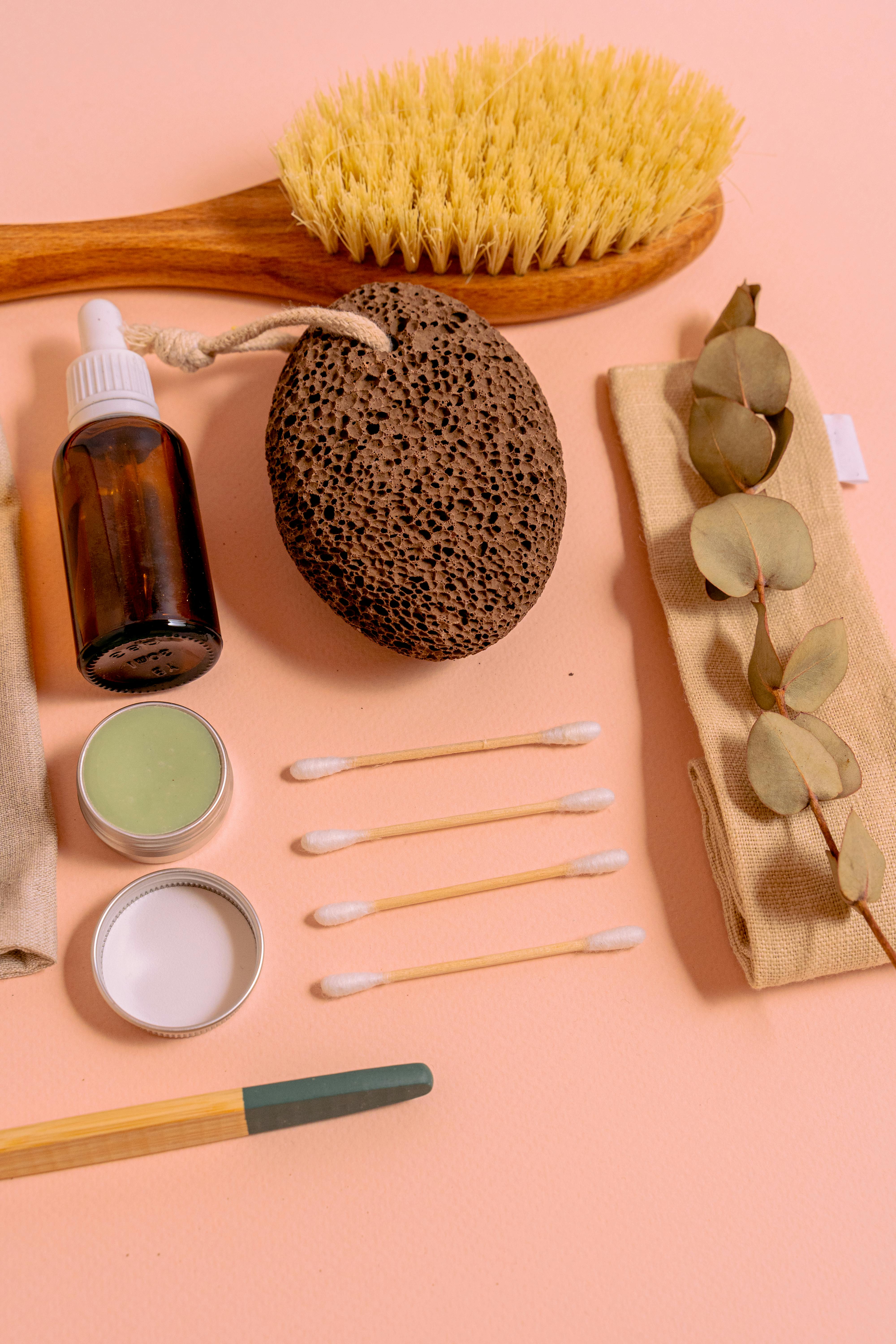Storage and care tips to extend the life of solid cleansing bars
Solid cleansing bars can remain effective and pleasant for months when stored and used correctly. This article outlines practical, low-effort tips for handling natural and handmade bars, protecting glycerin and moisturizing ingredients, preserving fragrance and lather, and reducing waste through sustainable storage solutions.

Solid cleansing bars are economical and often more sustainable than liquid alternatives, but they do require a little attention to reach their full lifespan. Proper handling—rinsing, drying, and storing—helps maintain texture, preserves moisturizing agents like glycerin and oils, and keeps fragrances from fading. Whether you use handmade, vegan, or glycerin-based bars, small changes in daily routine can reduce softening, crumbling, or premature melting while improving hygiene and performance.
How does cleansing and lather affect bar care?
The way you lather and rinse affects a bar’s wear rate. Vigorous scrubbing directly on surfaces or letting bars sit in standing water accelerates erosion of the soap matrix and washes away glycerin and moisturizing oils. Foam the bar in your hands or on a soft cloth to create a rich lather; finish with a quick rinse and place the bar somewhere it can dry. For face or body use, rotating multiple bars can also extend life by allowing each bar to dry fully between uses.
What should you know about natural and handmade ingredients?
Natural, handmade bars often include oils, butter, and glycerin that make them softer than highly processed options. These ingredients improve moisturizing and skin feel but can attract humidity. Keep them away from direct streams of water and avoid leaving them in soap dishes that collect water. If a handmade bar develops a tacky film, allow it to air-dry on a breathable surface; if very soft, thinly slice and dry pieces for travel. Checking ingredient labels (oils, butters, glycerin) helps anticipate how a bar will behave in humid or dry climates.
How can storage preserve hydration and moisturizers?
Moisturizing components like glycerin and certain oils are sensitive to prolonged exposure to water or excessive heat. Store unused bars in a cool, dry place away from windows and showers. For opened bars, use raised, ventilated trays or slatted soap dishes to encourage airflow; these reduce prolonged contact with moisture and let glycerin re-equilibrate rather than leach out. For long-term storage, breathable paper or cloth wrappers prevent condensation while avoiding sealed plastic that can trap moisture and promote softening or microbial growth.
What about fragrance, scent retention, and additives?
Fragrance notes in natural and scented bars can fade if exposed to sunlight, high heat, or strong household odors. Store fragranced bars in opaque containers or wrapped in kraft paper in a cupboard to reduce scent loss. If a bar is mildly scented and you prefer a stronger aroma, layer bars with small sachets of dried botanicals or a piece of cedar in storage (avoid direct contact with the soap surface). Avoid storing fragranced and unscented bars together if you want to preserve distinct scents.
How do exfoliation and texture influence care and use?
Bars formulated with exfoliants—like ground seeds, oatmeal, or sugar—require slightly different handling. Rough textures can hold water in crevices, slowing drying and increasing wear where particles abrade the soap. After use, shake off excess water and rest the bar on a draining surface so trapped moisture can escape. If exfoliating particles begin to clump or separate, dry the bar more thoroughly between uses or consider thinly slicing the bar to accelerate drying and reduce particle loss during handling.
How do sustainability features like biodegradable and refillable options affect storage?
Biodegradable and refillable formats often include minimal packaging and eco-friendly ingredients, but they still need proper care to remain effective. For refillable pucks or compressed soap discs, store in a breathable container and allow them to fully dry before resealing. Biodegradable wrappers are best kept in dry storage; damp packaging undermines integrity. Choosing refillable dispensers with slatted bases or ventilation helps keep the soap dry and reduces product waste while maintaining lather and moisturizing performance.
Conclusion
Extending the life of solid cleansing bars is largely a matter of managing moisture, airflow, and gentle use. Simple practices—foaming in hands or on a cloth, using ventilated soap dishes, avoiding standing water, and storing away from heat and sunlight—preserve glycerin and oils, maintain fragrance, and protect texture whether bars are natural, handmade, or vegan. With consistent habits, you can keep bars performing well longer while supporting more sustainable routines.





